Hannibal was a video game in development for PC by Arxel Tribe from 2001 to 2003 (and possibly 2004). Intended as an adaptation of the film of the same name by Ridley Scott (itself an adaptation of the eponymous book by Thomas Harris), Hannibal would put the player in the shoes of FBI agent Clarice Starling as she tracks down the infamous cannibalistic serial killer Hannibal Lecter after his escape from confinement.
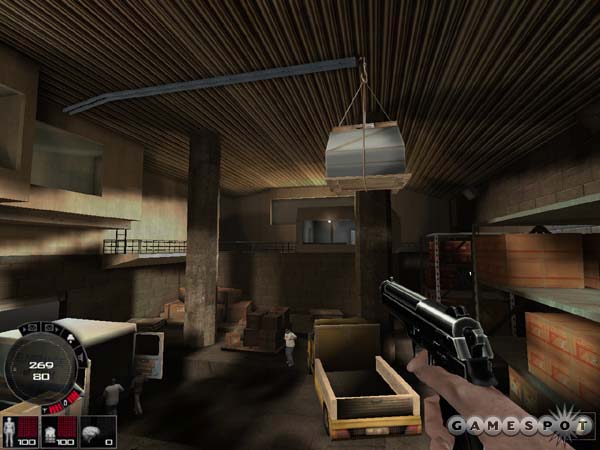
Arxel Tribe, which was part of a merging of development and publishing companies known as The Arxel Guild, had been founded in Slovenia sometime in the early 1990’s by architects Matjaž Požlep and Diego Zanco, starting its life as a multimedia company with one studio in their home country and later joined by another in Paris, France. They initially produced software and computer animated graphics for the architecture industry and larger companies such as L’oreal, but their experiences in this field left them with a desire to expand their artistic expression to video games. After attempting to raise funds for this purpose for over a year without success, they were finally given the opportunity to develop Pilgrim: Faith As A Weapon in 1996, an ambitious graphic adventure project which saw them collaborate with Brazilian author Paulo Coelho and French writer/cartoonist Jean Giraud, better known around the world as Moebius.
Described as an “author game”, Pilgrim would come out in 1997 to a fairly positive but somewhat divided critical response, with reviewers praising it as an artistic achievement that dealt with complex themes, while also pointing out several technical and gameplay issues, such as bugs, outdated design and visuals and occasionally bizarre puzzles and writing. However, Arxel Tribe would go on to become well-known in this genre in the following years, releasing several more point-and-click/adventure titles from that point forward that were considered improvements on Pilgrim by critics, including two more based on Coelho’s work and even one under Alfred Hitchcock’s name.
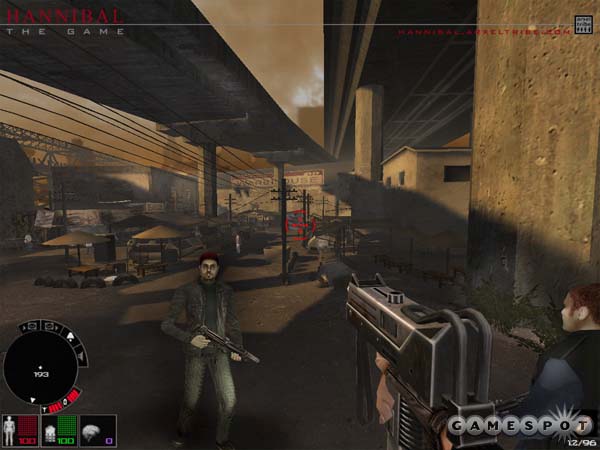
After this string of releases, Arxel Tribe would announce the development of two new ambitious projects that would differ from their typical formula in 2001: Mistmare, a fully 3D RPG based on an alternate reality medieval Europe (seemingly co-developed with a studio named Sinister Systems), and Hannibal: The Game, an adaptation of the movie by Ridley Scott that had been released earlier that year.
Hannibal was a direct sequel to the 1991 film The Silence Of The Lambs, in which FBI cadet Clarice Starling consults with the incarcerated serial killer Hannibal Lecter, a former forensic psychiatrist who cannibalized his victims, in an attempt to understand and catch another murderer, nicknamed “Buffalo Bill”, who has been killing women and taking large pieces of their skin. During this time, Lecter, who has already figured out the identity of the killer, requests conversations with Clarice about her personal life and traumatic memories in exchange for his cryptic help, something that results in a strange relationship of mutual fascination between the two. In Hannibal, ten years have passed. Lecter is on the loose in Italy and Clarice is dragged into the search by a parallel plot to take revenge on him by a wealthy and deranged third party, the billionaire Mason Verger.
According to Arxel Tribe, the opportunity to develop the adaptation presented itself through a good relationship with Universal Studios and a strong love for Thomas Harris’ works among their team. Hannibal would be played from a first-person perspective and would have predominant elements of horror and adventure. Although a licensed game, it does not seem like it would feature the likenesses or voices of Anthony Hopkins, Julianne Moore or any other actor from the film, but all the environments were based on key scenes and environments seen in it, taking place in either the United States or Italy.
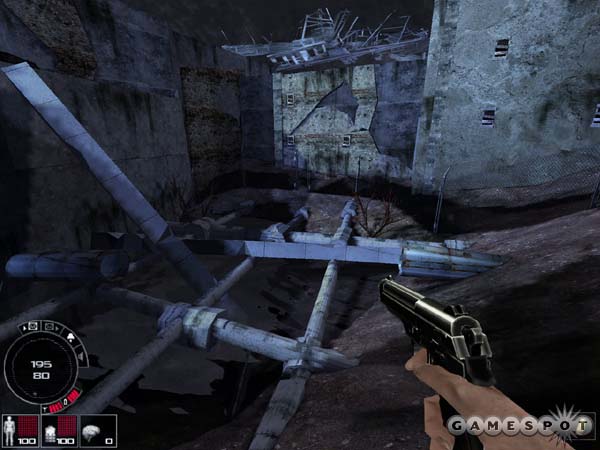
The story would be told through flashbacks, represented by six levels. During a particularly infamous scene towards the end of the film and book, Clarice finds herself under the influence of drugs and in a vulnerable position. It is in this state that she starts exploring her memories in order to find out if her life really is, as Lecter claims, parallel to his own.
The game would follow the source material closely, but Hannibal was to go beyond the confines of this chapter of the Hannibal Lecter saga as there were plans to explore both the protagonist’s and antagonist’s past through plot points and locations from the previous books Red Dragon (which would also be adapted into a movie for the second time in 2002, following 1986’s “Manhunter”) and The Silence Of The Lambs. This meant that characters such as Will Graham, the FBI profiler who first uncovered Lecter’s crimes, and killers Francis Dollarhyde and Buffalo Bill would make an appearance, along with many other recognizable names. The game would also attempt to tell the story of Lecter’s early life and explore the events that triggered his disturbing tendencies, something that would only be done by Harris himself in 2006 with the last book in the series, Hannibal Rising.
Arxel Tribe would explain that this was done to avoid a feeling of déjà vu for people already familiar with the story, and they would further expand on the existing narrative by introducing other sub-plots and characters of their own creation. For example, Clarice never goes to Italy in the film, but would do so in the game. Lecter and Verger would also not be the sole antagonists as Clarice would be able to seek out several other criminals wanted by the FBI during her search. She could bring these in as side objectives, and they would range from simple gang members to white-collar criminals, with promotional texts also mentioning the opportunity to solve “pending criminal enigmas”.
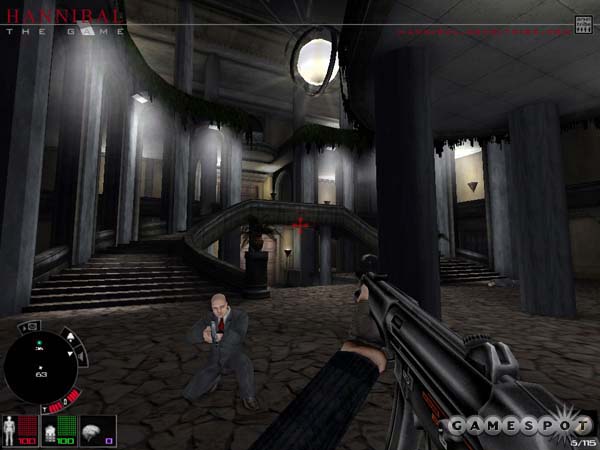
Structuring the game in this manner meant that Hannibal would offer both scripted action sequences and detailed investigative mechanics. In order to catch these criminals, Clarice would be able to collect DNA evidence, analyze autopsy results, cross-examine suspects and even interrogate them, in a mixture of gameplay styles that would possibly resemble Condemned: Criminal Origins, a game released by Monolith Productions in 2005 that also mixed First Person action with sequences of forensic analysis. The plot surrounding the pursuit of a serial killer was similar as well, as would be the ability to contact the forensics team.
It seems the connection does not end there, as the LithTech Jupiter engine had been licensed from Monolith Productions for use in Hannibal as well. However, the game would feature several improvements to this framework developed by Arxel Tribe themselves, such as advanced graphical tweaks and other mechanics relating to a stress, or “Anxiety”, system. This system might have worked in a way similar to what was later seen in games such as Amnesia: The Dark Descent or Call Of Cthulhu: Dark Corners Of The Earth, as it would introduce limitations to the player’s vision and other forms of perception as Clarice’s stress grew. According to an interview with the developer:
” (…) The player will have to deal with the Clarice (sic) ‘Anxiety’ by closely watching an Anxiety meter. Her anxiety will increase according to several factors: her level of injury, reprimands from her hierarchy in case of police blunders or by some actions which will get her closer to the Hannibal’s (sic) philosophy, to name only these few examples.”
They would go on to offer more details:
“In game, the anxiety provokes alteration regarding the general environment. Concretely, the player will “feel” what Clarice feels under anxiety: distance distortions in real time like vertigo, faces of non player characters will seem more aggressive, the orchestration of the music will turn frightening and few other features will throw the player deeper and deeper into a state of paranoia. Of course, the higher the level of anxiety will be, the stronger the consequences will be and the more the player will be on the verge of blundering and moral dilemma.”
Judging from this and other pieces of information available, it seems that Clarice would, for example, be free to kill any suspect instead of arresting them (and the game would feature quite the arsenal of weapons for this purpose), but this type of action would contribute to her stress level and would drive her closer to Lecter’s mentality. Although the developer mentions “consequences”, whether or not this choice in morality would have any impact on the direction of the story or the ending the player would receive is unknown. Arxel Tribe would mention, however, that in addition to the anxiety penalties, killing suspects would also cause the player to miss out on important clues, as dead suspects would obviously be immune to interrogation. It was for this reason that one of Clarice’s starting tools was a taser, and she would have the ability to call in backup as well.
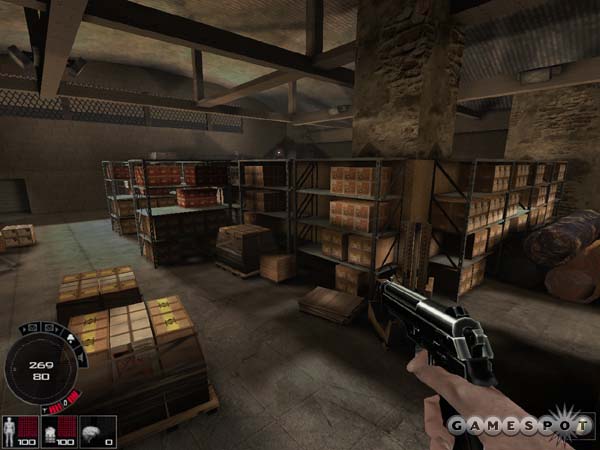
Clarice’s FBI badge would also be a usable item, and its use was linked to another system the developer would call “Willpower”. In short, Willpower was a variable statistic used by NPCs which would determine their behaviour when confronted by the player and in what manner. This would add an element of unpredictability to every encounter, as NPCs could react in different ways depending on whether Clarice showed them her badge, approached them while undercover or pulled out her gun.
Health would be another mechanic that would differ from what is usually expected from First Person Shooters. Utilizing a system of localized wounding, Hannibal would require the player to procure and use different types of items and medicine, such as bandages and sedatives, in order for Clarice to give herself proper first aid. Once again, a similar system would only be seen years later in Call Of Cthulhu.
Another part of the game that would be mentioned but with virtually no details to accompany it was a multiplayer mode, as Arxel Tribe claimed that they were still working on the concept. Considering that Hannibal seemed significantly more slower paced and mechanically complex than other shooters of its day, this would certainly have been another highly ambitious feature.
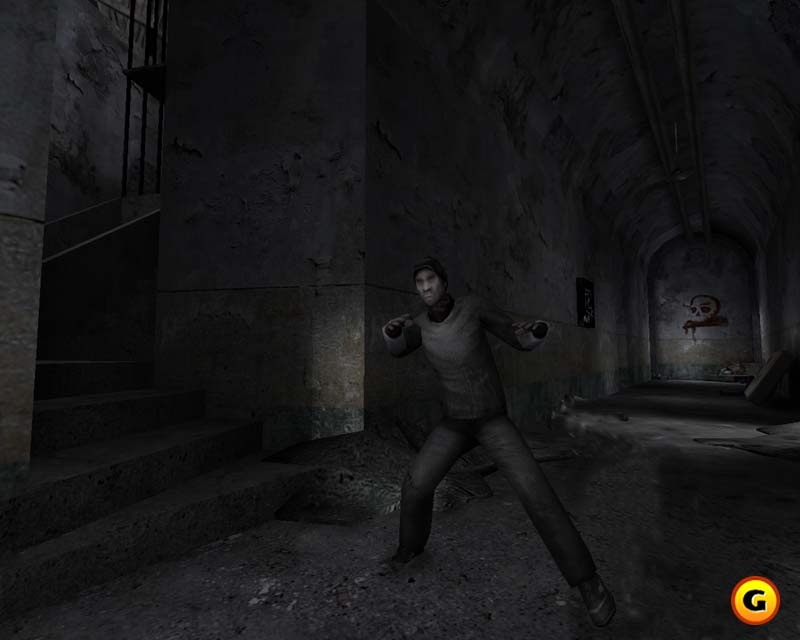
Unfortunately, Hannibal would ultimately never see the light of day. Details are scarce and sometimes conflicting, but according to info from french website NoFrag, the game had been finished before Arxel Tribe’s Paris studio, the one behind its development, faced financial difficulties and went through massive layoffs in the summer of 2003. A former Arxel Tribe developer, who offered some clarifications in the YouTube comments under a video he posted showcasing Hannibal’s level design, claimed that Hannibal was “95% done” but that the “investors went bust”. Again in the website NoFrag, it was also claimed that the reason Hannibal did not come out in its original November 2003 date (which had already been changed from Spring of that year) was because Arxel Tribe were forced to admit that the game was not yet ready for release. All that is known for sure is that the game, for whatever reason, had lost its publisher by this point.
Both Strategy First and Mindscape seem to have been attached to the project as publishers at different points in time, but it’s somewhat unclear when these partnerships began and ended. The remains of Arxel Tribe’s Paris studio would announce the reschedule of the release of Hannibal for the first quarter of 2004, no doubt in a last attempt to try and secure some other way to bring the game to store shelves, but nothing else about the game was heard and it soon became another forgotten title, lost to time and the new generation of gaming technology.
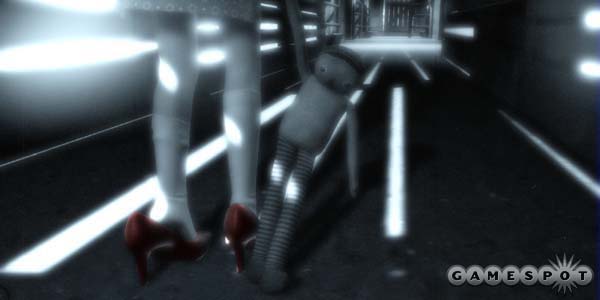
Former CEO Diego Zanco would eventually tell NoFrag in 2005 that the aging game would never be released as they were ultimately unable to find an interested publisher, likely due to the fact that, by that point, it was a movie tie-in that was now three years removed from the release of its source material.
Additionally, Mistmare, Arxel Tribe’s RPG which also used the LithTech engine, would see a release in July 2003 but was met with overwhelmingly negative and mixed reviews due to a large amount of technical and gameplay issues. It was published by Strategy First, which could suggest that they were also going to publish Hannibal, and upon seeing Arxel Tribes’ first foray outside of the graphic adventure genre end in disappointment, decided to cut their losses and not take the same risk with Hannibal. If, instead, Mindscape were the ones in line to publish it, this hesitation could have been the case for them as well. However, this is all speculation.
The Arxel Guild released a couple more games in 2003 and while it appears they still operated in Slovenia as late as 2005, by 2004 their website had disappeared. After the cancellation of Hannibal, it seems that Arxel Tribe either chose or was forced to restructure, leaving the gaming industry entirely and rebranding itself as Art Rebel 9. They returned to their multimedia roots, still led by Matjaž Požlep to this day.
Article by thecursebearer.
Images:
Video:
What do you think about this unseen game? Give your vote!
Would you like to add more info, screens or videos to this page? Add a comment below!
- Quark (Quantic Dream) [Dreamcast – Cancelled] - 24-03-2024
- Fortris [PC/Playstation/Dreamcast – Cancelled] - 09-03-2024
- Gorkamorka [PC / Dreamcast – Cancelled] - 16-12-2023


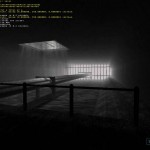
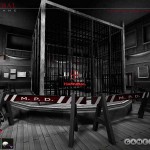
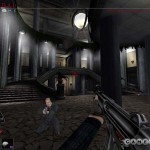
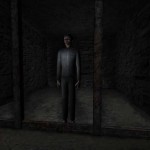
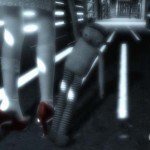
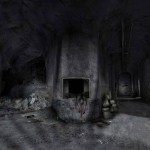
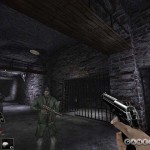
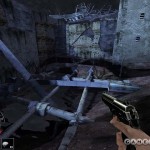
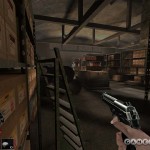
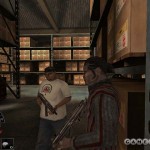
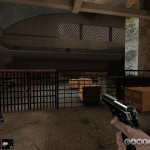
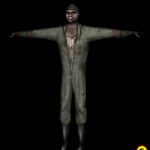
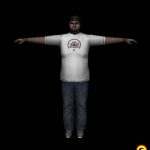
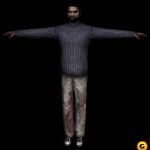
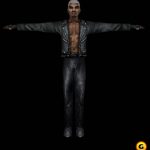
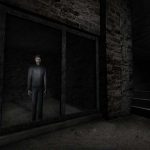
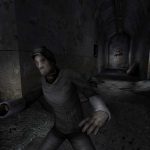
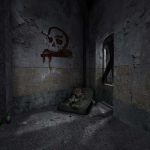

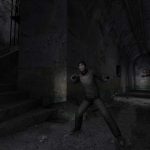
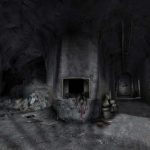
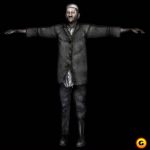

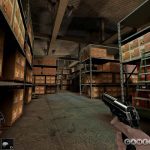
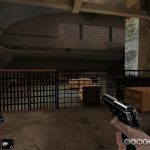
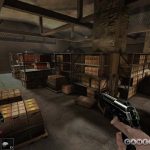
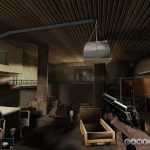
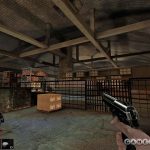
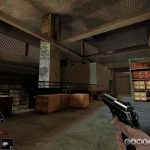
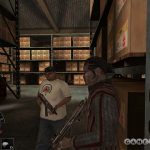
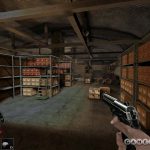
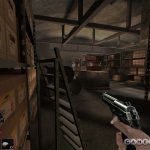


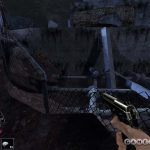

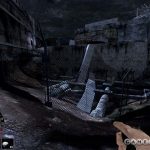
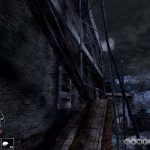
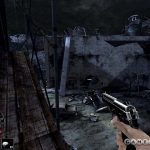
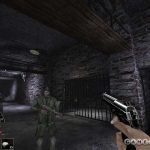
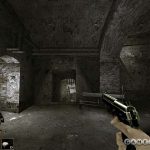


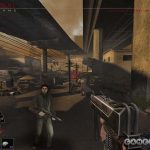

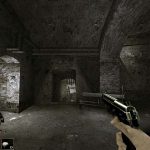
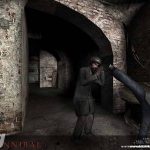

 (5 votes, average: 4.80 out of 5)
(5 votes, average: 4.80 out of 5)